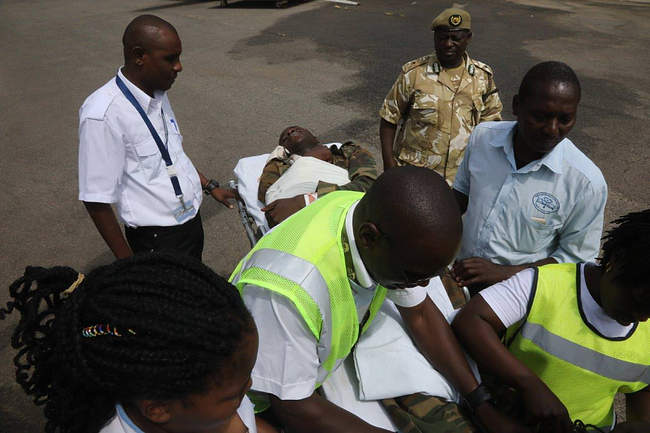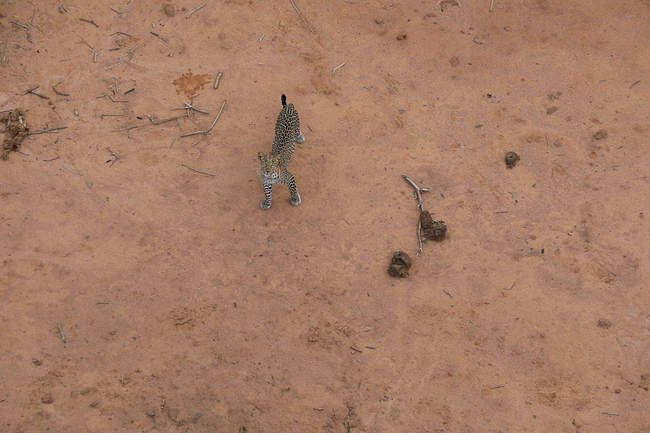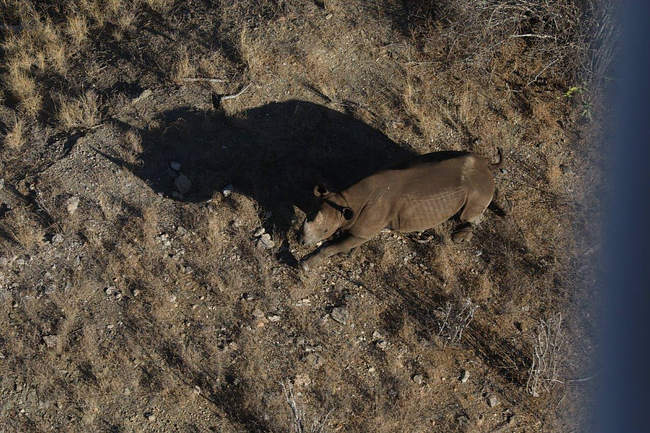April saw the very late and scattered arrival of the rainy season in Tsavo. A few small areas received heavy storms, however, the bulk of the Park remained dry during a month when the rains would normally be coming to an end.
We were relieved, however, that some areas received rain because at least large numbers of Tsavo’s elephant population were able to migrate to areas with fresh vegetation. Should the rains fail again in November-December, the situation will be grave.

The good news is that the Aerial Unit recorded few signs of illegal activity in April. This continues a general downward trend in illegal activities in Tsavo and speaks to the success that KWS and organisations such as the SWT are having in curbing poaching activity in the Parks.
In addition to regular patrolling activity, the Aerial Unit was also involved in the treatment/rescue of an elephant calf in the Tsavo Triangle. The helicopter was also instrumental in the CASEVAC of a KWS ranger that had been injured by a buffalo while on patrol in Chyulu Hills National Park.
The helicopter was also used to assist KWS in a rhino vaccination exercise in Nakuru National Park, after their helicopter was clocked in for major service. Rhinos were located, identified, and darted with vaccinations if still unvaccinated. In total, the helicopter was there for 3 days. Only one elephant carcass was found during the month and it appeared to be several years old with ivory still intact. KWS retrieved the tusks.
Highlights for the month included multiple leopard, lion and wild dog sightings.



